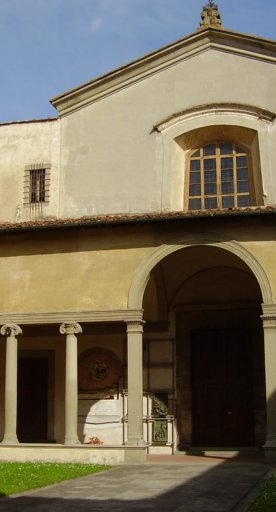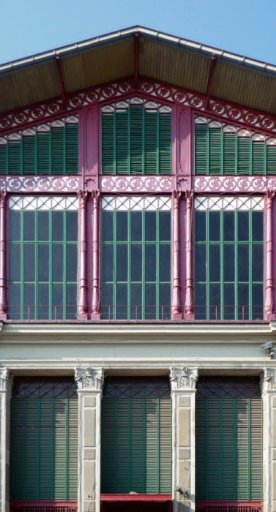Natural History Museum of the University of Florence
One of the most important scientific museums in Italy, from zoology to botany
The Natural History Museum of the University of Florence is one of the most important science museums in Italy. It has many different collections split into as many exhibition locations in the city.
The museum tour has inherited collections from the Royal Museum of Physics and Natural History and was established in 1775 by Grand Duke Pietro Leopoldo to bring together all of the Medici family’s naturalistic collections.
Today the museum has around 10 million artefacts, from fossil skeletons to anatomic waxworks from the 18th century to rare plants in the Botanical Gardens.
We begin with in La Specola Zoological Museum, which has a zoological collection with animals that have been conserved through embalming (among which there is a hippo from the 18th century), and an anatomical collection, with anatomical wax models dating back to the 18th century.
The Mineralogy and Lithology Museum in via La Pira has around 40,000 samples of rocks and minerals, as well as a collection of worked stone art from the Medici era. Here you can admire minerals from all around Italy, from the Isola d’Elba in the 19th century and from different parts of the world, including a great Brazilian pegmatite and an aquamarine beryl weighing almost 100 kilograms.

The Anthropology and Ethnology Museum is kept in what is known as Palazzo Nonfinito, a remarkable example of Mannerist architecture began by Bernardo Buontalenti at the end of the 16th century for the Strozzi family.
Here there are scientific and historic collections which document the culture and traditions of the indigenous people from every continent. Among the oldest, which was given by the Grand Duke, is a collection of objects from Pre-Columbian America from the Medici armoury, gathered by James Cook in 1776 during his journey of exploration to the Pacific.
The Botany Museum is also part of this institution (available to visit upon request). Founded in 1842 by Filippo Parlatore, who was commissioned by Grand Duke Leopoldo II of the House of Lorraine, it contains over 4 million plants from all over the world as well as vital historical herbs, one of which even dates back to the 16th century.
In addition, the Natural History Museum includes the Botanical Gardens, the Biomedical Section, a collection of waxworks and samples of normal and pathological anatomy and Villa Il Gioiello in PIan dei Giullari, where Galileo Galilei lived (available to visit upon booking).
Accessibility information: sma.unifi.it










